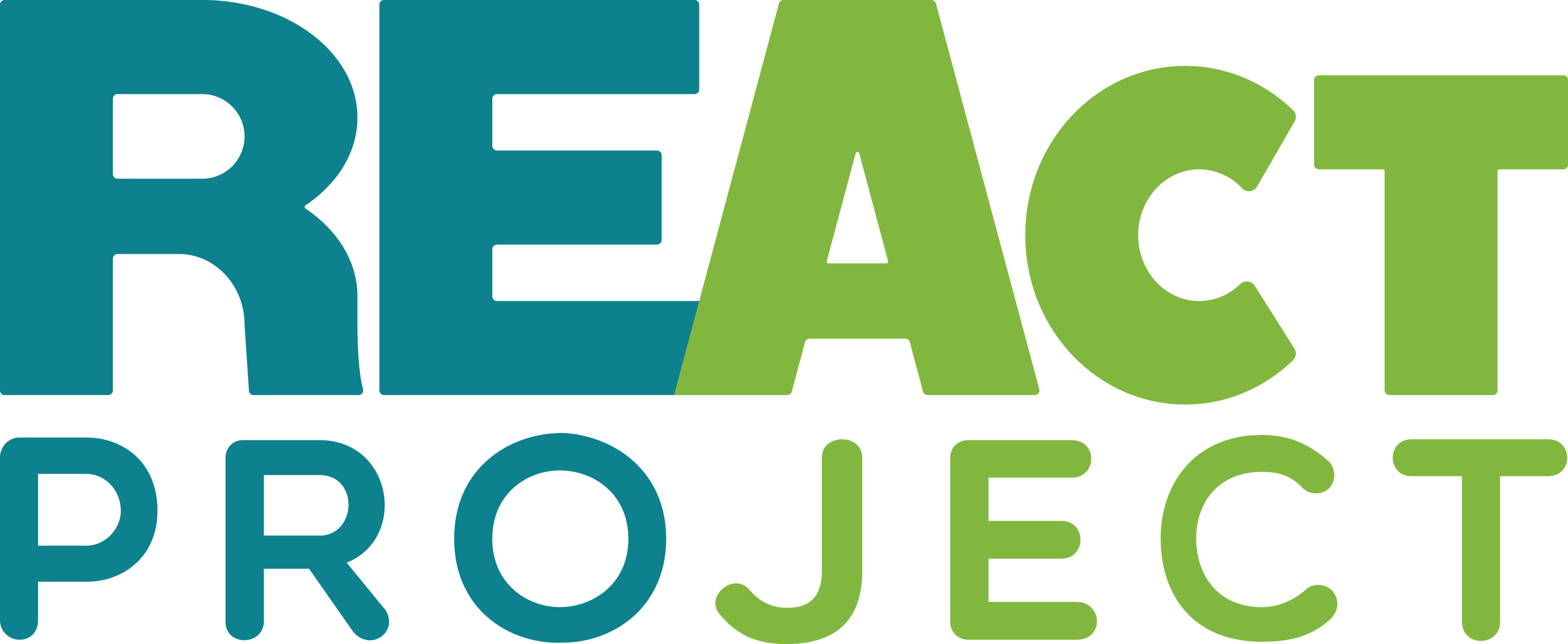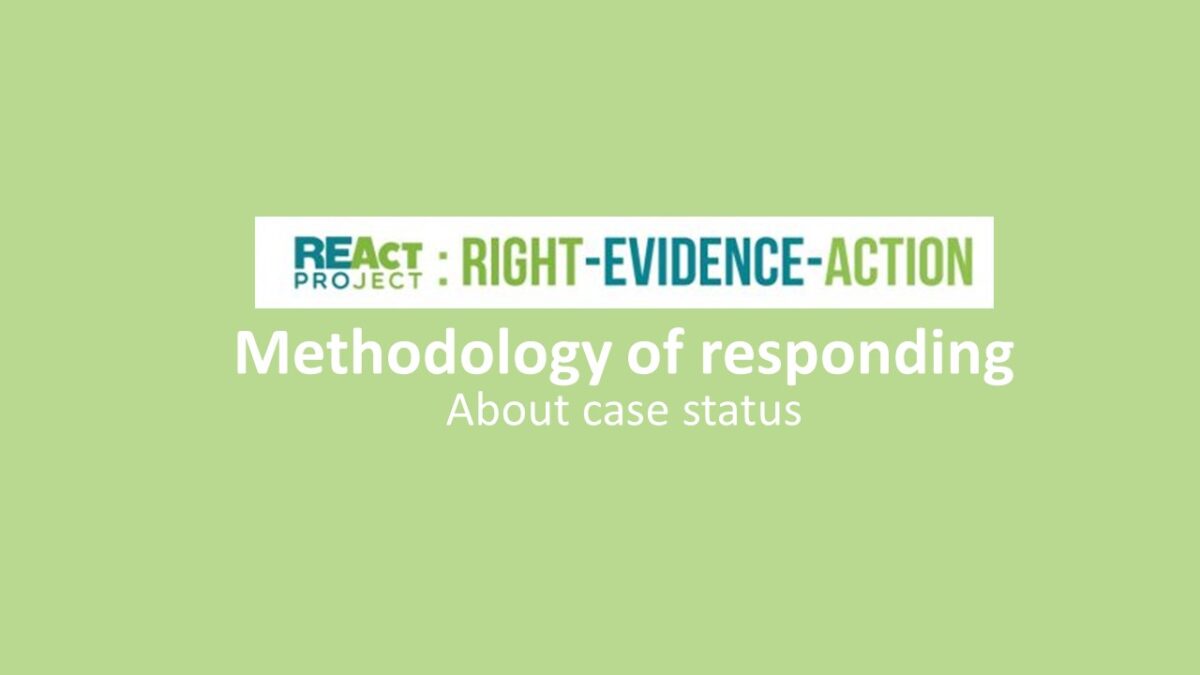The REAct tool is designed not only to document human rights violations but also to monitor the response and response to such incidents.
The “response” in the REAct methodology means any legal action on the part of the REActor or its organization, aimed at achieving justice, restoring the victim’s rights, and also re-educating or punishing the perpetrator so that such cases do not repeat in the future.
The response can also include advocacy and activities that achieve a comprehensive solution to similar incidents.
The most common response is:
- Writing complaints and letters to the higher management of the culprit
- Preparation of statements to the police and prosecutor’s office
- Educational conversations with the perpetrator in order to re-educate him/her
- Filing lawsuits
- Solving cases using advocacy at the local level
A case is considered “resolved” if the REActor and/or its organization have taken all legal steps in their power to resolve the case. The outcome of events can be positive (everything was resolved in favor of the client) or negative (despite the efforts of the REActor, it was not possible to achieve the desired result). In case of a negative decision, REAct records the reasons why equity was not achieved in order to plan appropriate programmatic interventions in the future.


